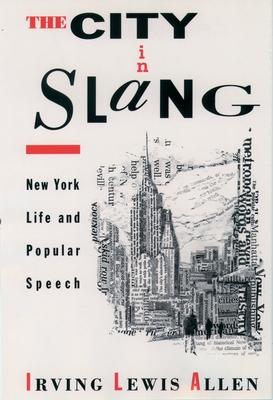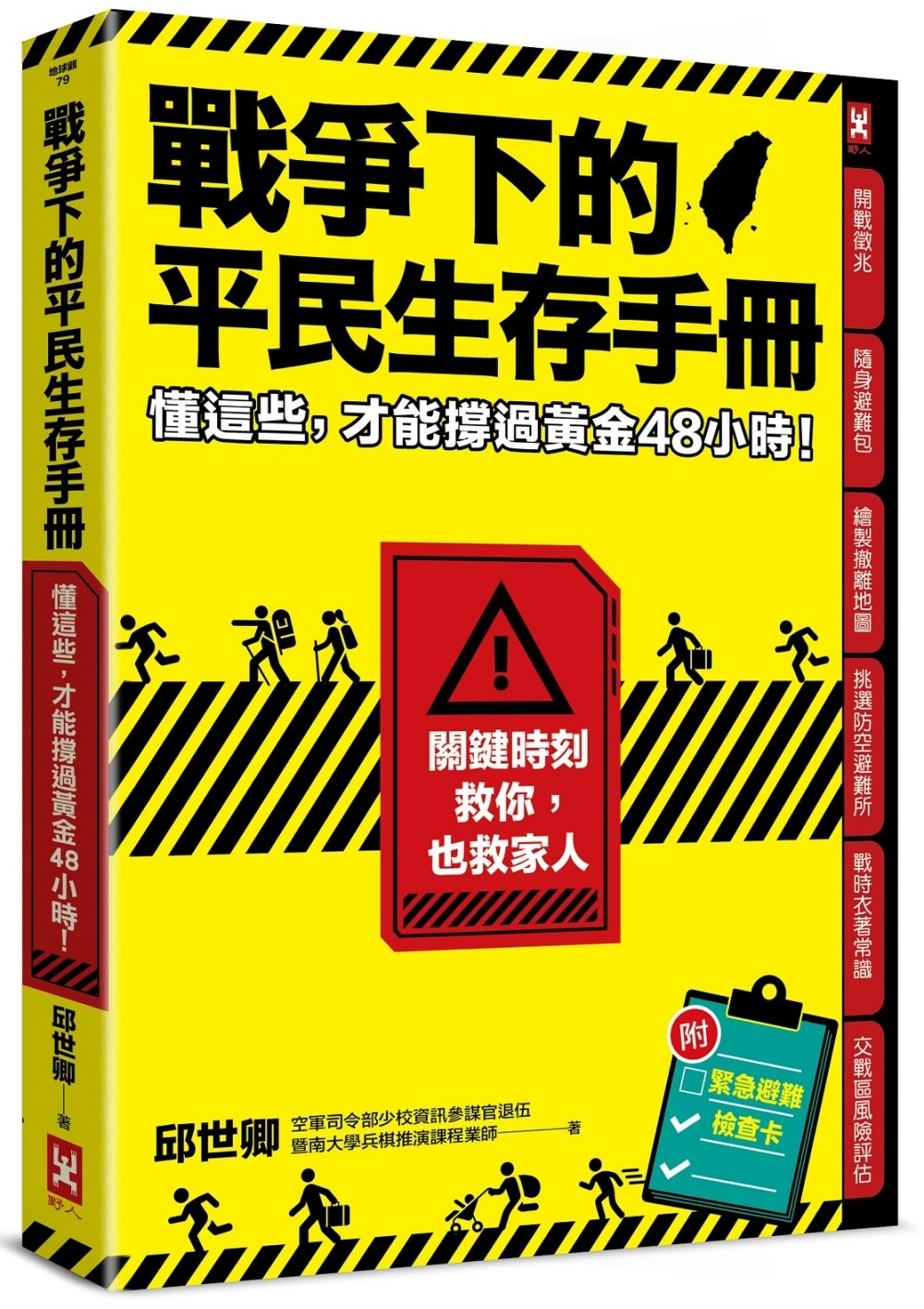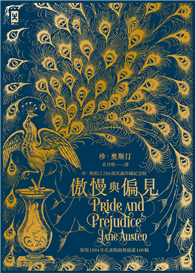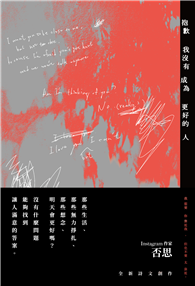The American urban scene, and in particular New York's, has given us a rich cultural legacy of slang words and phrases, a bonanza of popular speech. Hot dog, rush hour, butter-and-egg man, gold digger, shyster, buttinsky, smart aleck, sidewalk superintendent, yellow journalism, breadline, straphanger, tar beach, the Tenderloin, the Great White Way, to do a Brodie - these are just a few of the hundreds of popular words and phrases that were born or took on new meaning in the streets of New York. In The City in Slang, Irving Lewis Allen traces this flowering of popular expressions that accompanied the emergence of the New York metropolis beginning in the early nineteenth century, providing in effect a lexicon of popular speech about city life as well as a unique account of the cultural and social history of America's greatest city. He shows how this vocabulary arose from city streets, often interplaying with vaudeville, radio, movies, comics, and the popular songs of Tin Pan Alley. Some terms of great pertinence to city people today have unexpectedly old pedigrees. Rush hour was coined by 1890, for instance, and rubberneck dates to the late 1890s and became popular in New York to describe the busloads of tourists who craned their necks to see the tall buildings and the sights of the Bowery and Chinatown. The Big Apple itself (since 1971 the official nickname of New York) appeared in the 1920s, though first in reference to the city's top racetracks and to Broadway bookings as pinnacles of professional endeavor. Allen also tells fascinating stories behind once-popular slang that is no longer in use. Spielers, for example, were the little girls in tenement districts who danced ecstaticallyon the sidewalks to the music of the hurdy-gurdy men and, when they were old enough, frequented the dance halls of the Lower East Side. Following the trail of these words and phrases into the city's East Side, West Side, and all around the town, from Harlem to Wall Street
| FindBook |
有 1 項符合
The City in Slang: New York Life and Popular Speech的圖書 |
 |
The City in Slang: New York Life and Popular Speech 作者:Allen、Irving Lewi 出版社:Oxford University Press, USA 出版日期:1995-02-23 語言:英文 規格:平裝 / 320頁 / 20.3 x 13.5 x 1.8 cm / 普通級 |
| 圖書館借閱 |
| 國家圖書館 | 全國圖書書目資訊網 | 國立公共資訊圖書館 | 電子書服務平台 | MetaCat 跨館整合查詢 |
| 臺北市立圖書館 | 新北市立圖書館 | 基隆市公共圖書館 | 桃園市立圖書館 | 新竹縣公共圖書館 |
| 苗栗縣立圖書館 | 臺中市立圖書館 | 彰化縣公共圖書館 | 南投縣文化局 | 雲林縣公共圖書館 |
| 嘉義縣圖書館 | 臺南市立圖書館 | 高雄市立圖書館 | 屏東縣公共圖書館 | 宜蘭縣公共圖書館 |
| 花蓮縣文化局 | 臺東縣文化處 |
|
|
圖書介紹 - 資料來源:博客來 評分:
圖書名稱:The City in Slang: New York Life and Popular Speech
|











